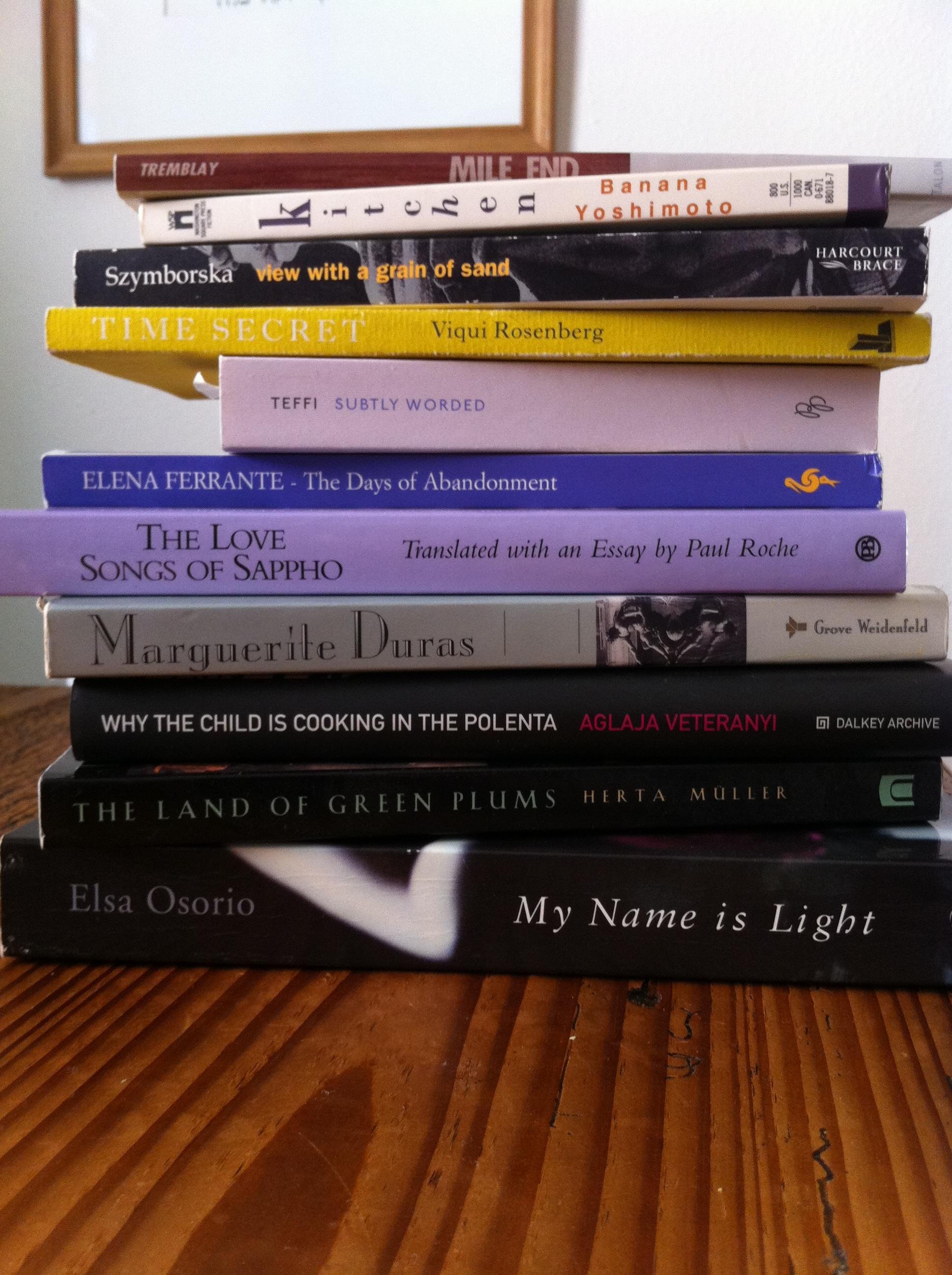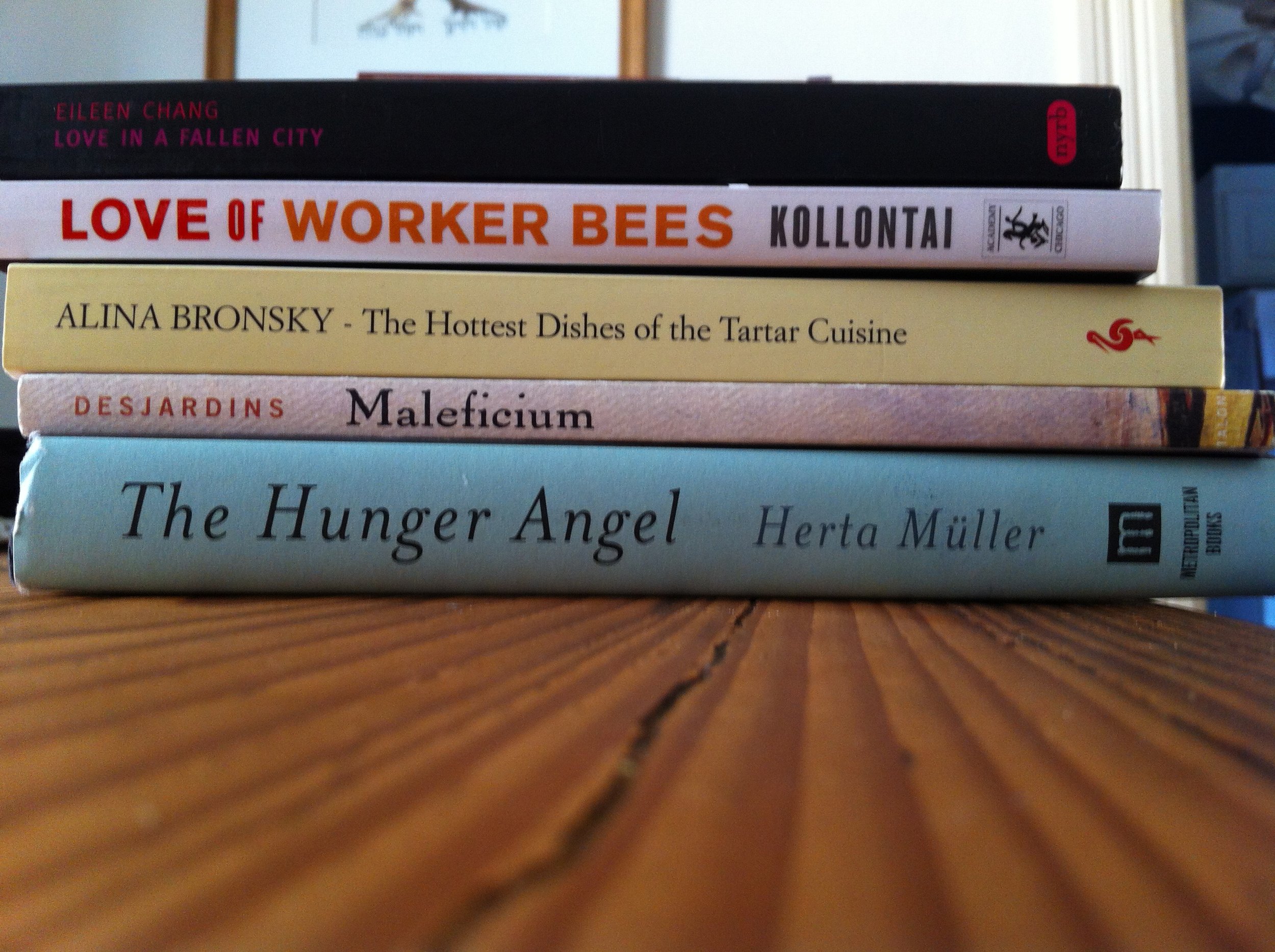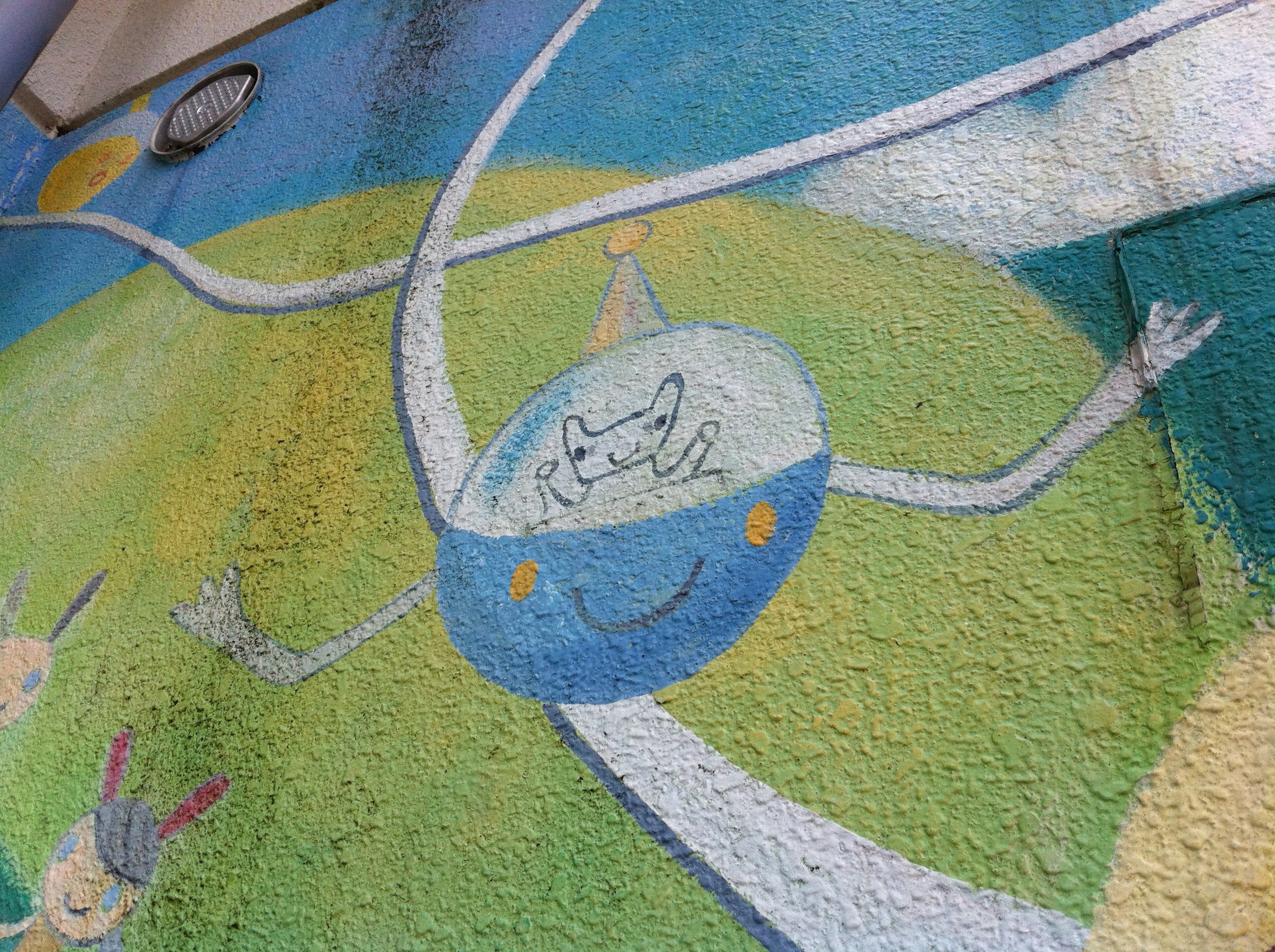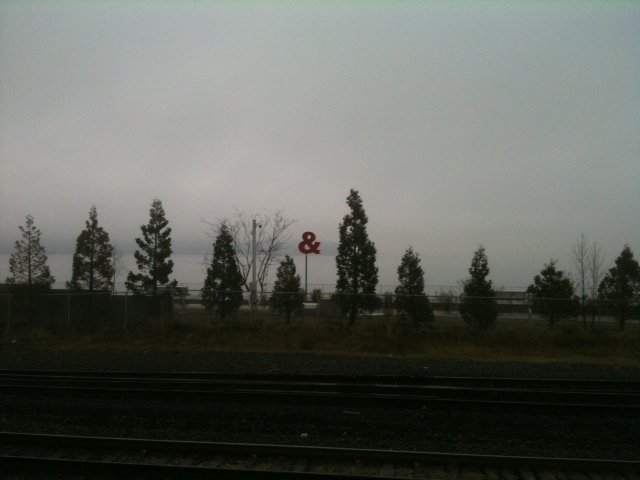Eschewing sentences, paragraphs, and chronology, I’ve assembled a discombobulated list of lists. Like Gertrude Stein. But not. Mileage: Approximately 3200Days: 7 (5 driving)Start Point: Brooklyn, NYEnd Point: Seattle, WAParting Image of New York City: A fish-netted rump, bent over the entrance to the Holland Tunnel (a Jumbotron advertisement for Chicago)A propos song accompaniment to parting image: Sir Mix A Lot’s “Baby Got Back” (nice coincidence: Sir Mix A Lot hails from Seattle)Cities Stopped in to eat and/or sleep: Clarion, PA; Chicago, IL; Madison, WI; Twin Cities, MN; Sioux Falls, SD; Rapid City, SD; Gillette, WY; Sheridan, WY; Billings, MT; Bozeman, MT; Missoula, MT; Coeur D’Alene, IDDetours: Corn Palace; Badlands National Park; Mount Rushmore; the Berkeley Pit of Butte, MTPlanned Detour, Skipped: Milwaukee, WIParting Image of Pennsylvania: An Amish man rifling through the woods behind a diesel station.Parting Image of Ohio: a rest stop’s large rack of Amish and Mennonite-themed romance fictionMost Displaced-Seeming Image: A tumble weed rolling down the street in Madison, Wisconsin.Weird Recurrent Theme: Scarred Arms. Slashes on the man who picked up our old bed in Brooklyn; accidents and operations (including bolts) on a waitress in Gillette; purposeful horizontal lines on a waitress in our new favorite neighborhood bar.Best Contemporary Art: Walker Art Center in Minneapolis. See esp. Tomás Saraceno’s bucky balls of moss, black webbing, and PVC pillows.Best Architecture: Renzo Piano’s Modern Wing for the Art Institute of Chicago. The main hall is light, airy, soaring, and with a vista winking at Gehry’s bandshell in Millennium Park.Wildlife spotted: Hawks, buzzards, robin redbreasts, eagles, grasshoppers, one rabbit, one fox, and multiple “Beware of Rattlesnakes” signs. One little brown dot in a Badlands canyon purporting to be bison (sadly, no binoculars).Most Surprising, Spectacular and Varied Landscape: South Dakota, especially catching sunset in the Badlands.Colors of the Rocks in the Badlands: Stripes of yellow, gray, and rust.Most Pervasive Sound in the Badlands: Rattling (M: “Those are insects, not snakes.” Me: “Then why all the warning signs for snakes? Why all the rattling?” Debate on the difference between rattling sounds and buzzing sounds ensues.)Number of Hitchhikers Seen: 2Number of Religious Billboards: 6, 3 of which were anti-abortion, mostly in South Dakota (perhaps refer back to religious-experience sunset over the Badlands for partial explanation)Most Jarring Billboard (non-religious): [Picture of a filthy public toilet] “No one imagines losing their virginity here. Meth can change that.” (in Montana)Most Public Service Announcements Regarding Meth: MontanaMost Bleak, Monotonous and Post-Apocalyptical Landscape: northeastern Wyoming (brown hills, black shrubs, mining pits, oil derricks). Closely followed by eastern Washington (a vast desert of dull blue shrubs and dry fields, mini-tornados of dust on either side of the interstate; placards for peach and cherry orchards seemed like perverse lies)Most Welcome Body of Water: Moses Lake, Washington, after which the desert of eastern Washington gradually turns into Cascade National Forest and we fear not opening the car window again.Most Acidic Body of Water: Gathering ground water inside the Berkeley Pit of Butte, Montana. Popular myth has it that water fowl landing on the water die instantly. The newsletter given with admission to view the pit tries to debunk that myth. Also discussed in the newsletter: the curious iron-feeding algae thriving in the vinegar-like water.Most Disappointed Tourists: The Corn Palace (South Dakota)Most Frightening Industrial Complexes: The Exxon-Mobil and Philips Conoco plants (refineries?) of Billings, MontanaMost Disdainful & Smug Starbucks Employee: Inside the Crowne Plaza of Billings, MontanaMy best driving: southern Minnesota (straight, flat, empty)My worst driving: forgetting to take my foot off the gas entering a gas station in Bozeman, Montana (not to worry, nothing happened)Worst Smelling City: Gary, Indiana (Gowanus Canal is beaten by Wolf Lake, which can be sniffed from 10 miles away)Best Smelling City: Bozeman, MontanaFelt Most Out of Place In: Lulabell’s Café, beside the freight trains hauling coal out of Gillette, Wyoming.Overheard Conversation at Lulabell’s: How to win a lawsuit in which defendant broke plaintiff’s ribs after plaintiff insisted on hitting on defendant’s 15- year-old niece in a bar (defendant himself brought niece into said bar). Speakers (both in cowboy hats and both with booming voices) were on side of defendant. Strategy: demand a jury trial and get at least two jurors with teenage daughters.Most flavorful (and most expensive) burger: Ted’s (e.g. Turner) Montana Grill in BozemanBiggest Attempt at Appearing Green: Ted’s (recycled paper mats, 80% paper straws, claim that their cow and bison live happy lives)Overheard Conversation at Ted’s: Favorite American sculptor, living or deadMost Well-Travelled Orange: Bought in Sheridan, Wyoming, apparently shipped from Australia, and eaten in Seattle.First Memorable Experience in Seattle: After arriving in town on an uncharacteristically hot day and schlepping boxes and luggage up three flights of stairs, falling victim to a drive-by water gunning on the corner of Harvard and Harrison.Strange bookends to our journey: Watching the first half of There Will Be Blood in Brooklyn surrounded by our packed up boxes and finishing it in Seattle in the chaos of unpacking. Simplified take-away from the film: greed and religion go hand-in-hand until greed bludgeons religion to death with a bowling pin. Mm. Welcome home!
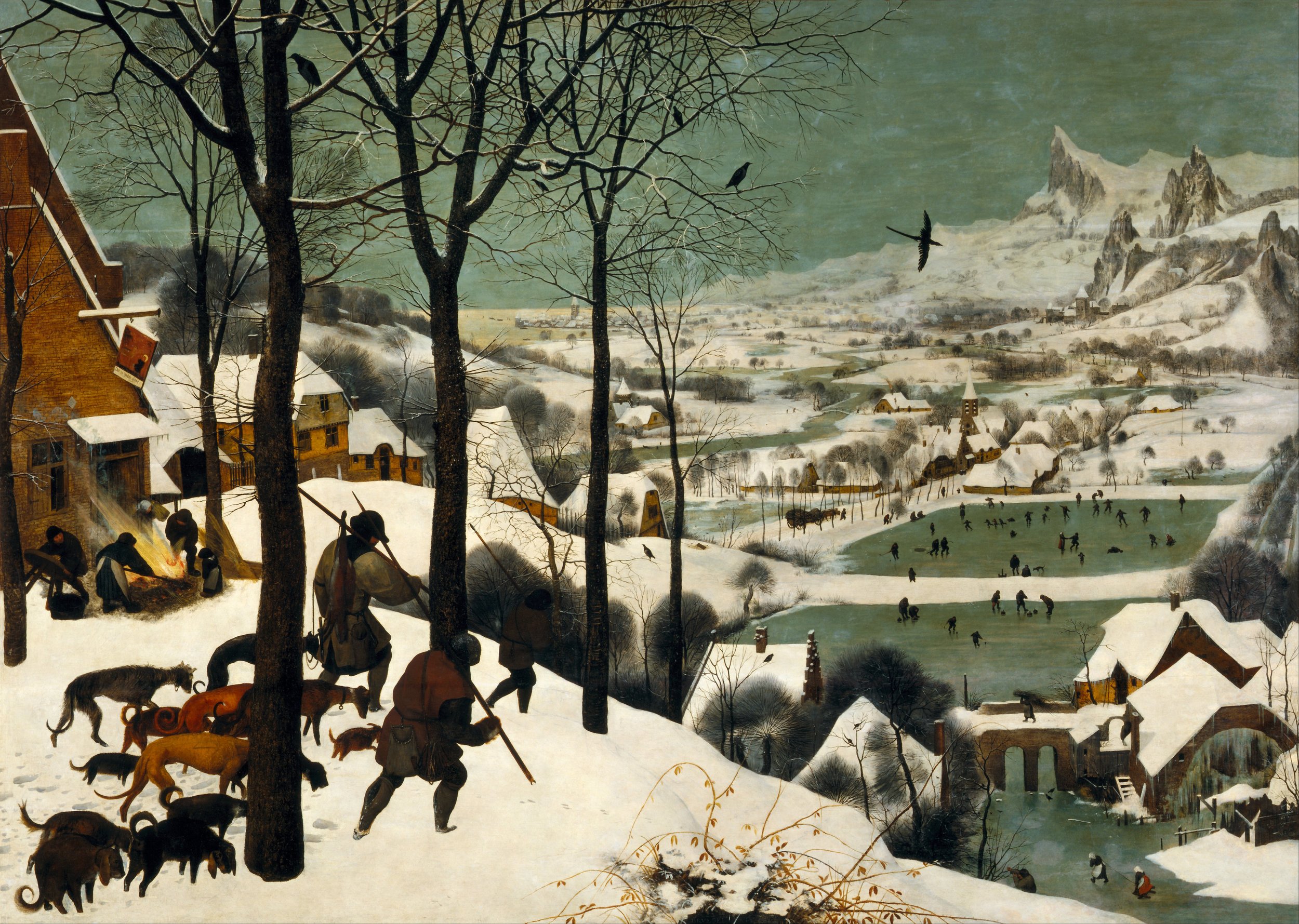 Pieter Bruegel the Elder - Hunters in the Snow (Winter) - 1565
Pieter Bruegel the Elder - Hunters in the Snow (Winter) - 1565
 I just got my contributor copy of
I just got my contributor copy of 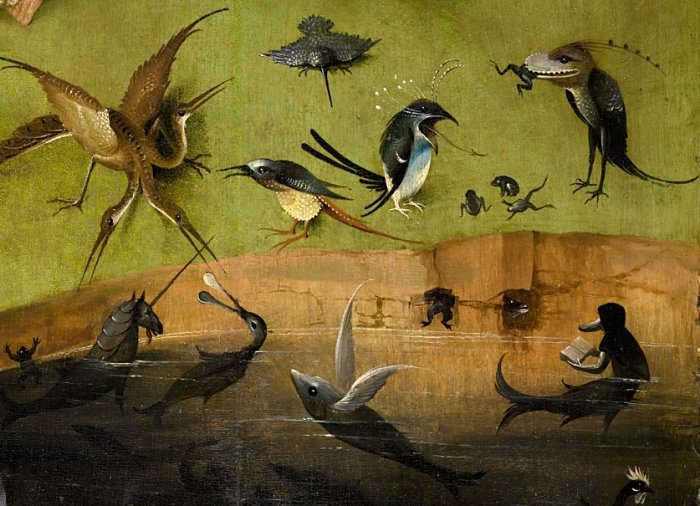 Thanks to the tremendous generosity of the
Thanks to the tremendous generosity of the 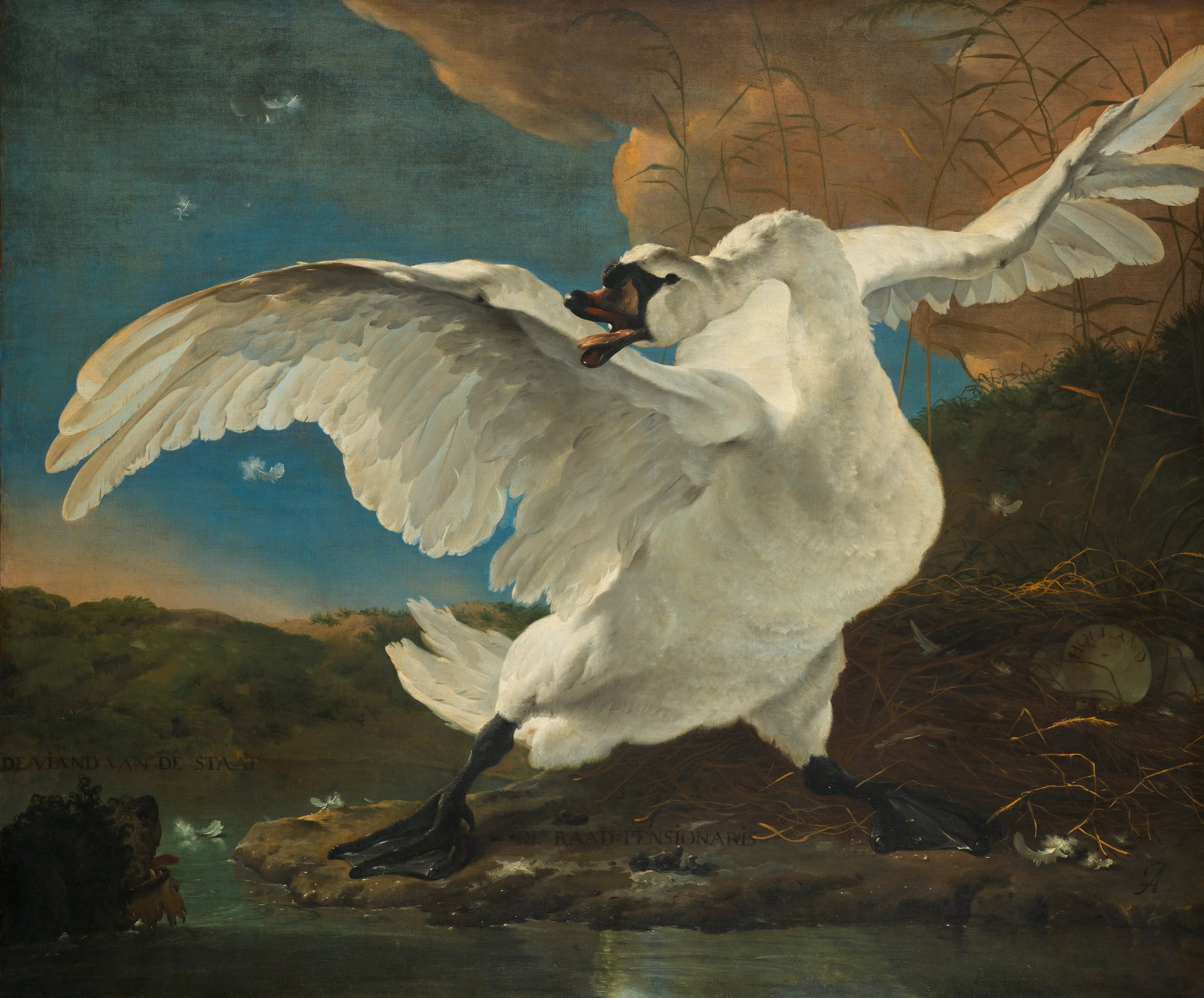 In the moat by the citadel in 'S-Hertogenbosch, an egret bullied ducks until a trio of geese chased the egret to the boardwalk where it loomed. This continued on a loop for a while. A seagull swooped down to chase the egret further and when the egret returned, the geese trailed it, sinister and slow. Sinister, at least, until we realized there were goslings near.In a canal in Rotterdam, three loons had a lovers' spat. Slapped wings, held heads beneath the water--murderous! Not far from there, we strolled past the "
In the moat by the citadel in 'S-Hertogenbosch, an egret bullied ducks until a trio of geese chased the egret to the boardwalk where it loomed. This continued on a loop for a while. A seagull swooped down to chase the egret further and when the egret returned, the geese trailed it, sinister and slow. Sinister, at least, until we realized there were goslings near.In a canal in Rotterdam, three loons had a lovers' spat. Slapped wings, held heads beneath the water--murderous! Not far from there, we strolled past the "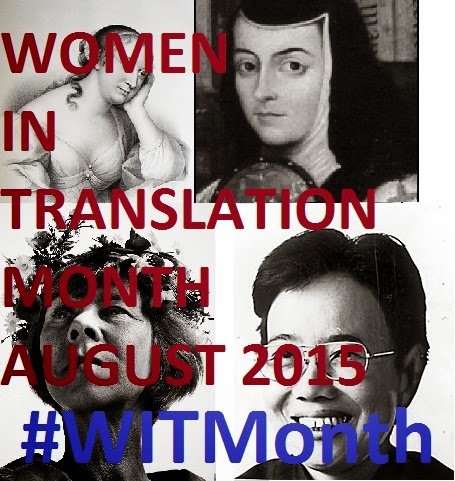 August is
August is 